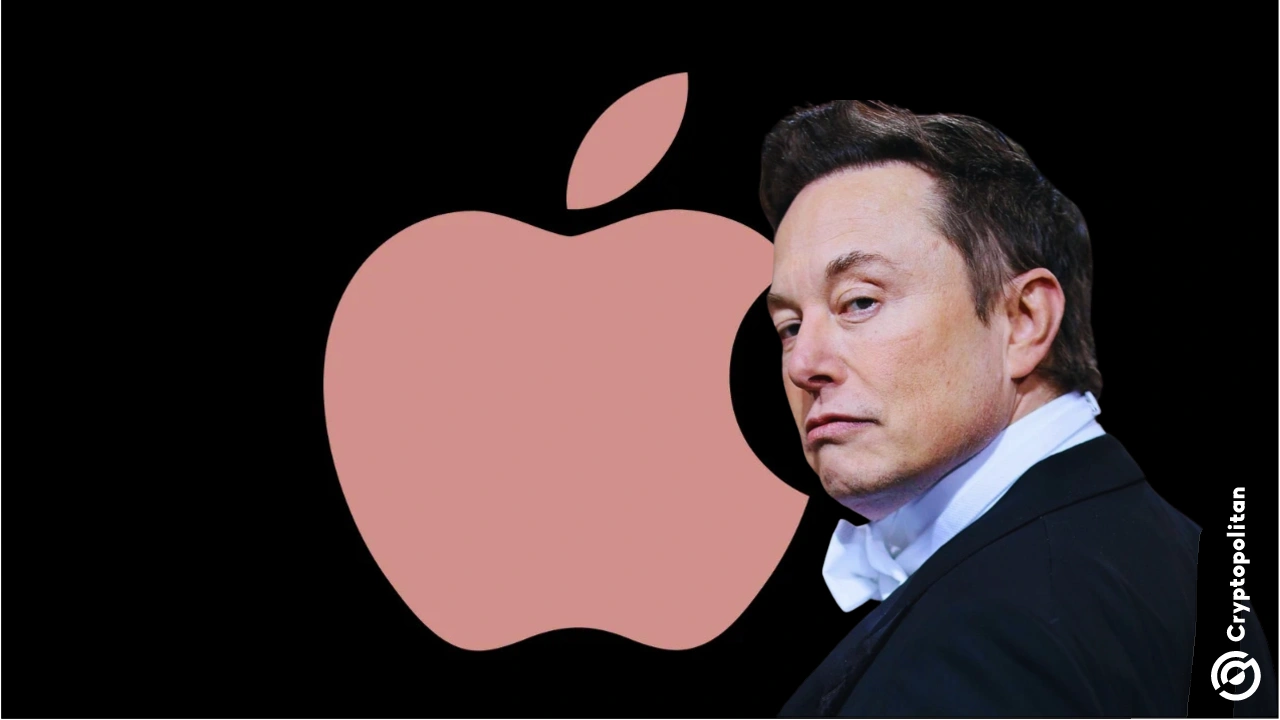Amazon and United Launch Alliance have set April 9 as the target date for launching the first batch of full-scale satellites for Amazon’s Project Kuiper.
The launch, known as Kuiper-1 or KA-1 (Kuiper Atlas 1), is scheduled to lift off from Cape Canaveral Space Force Station in Florida during a three-hour window that opens at noon ET (9 a.m. PT).
ULA says the Atlas V rocket will launch from Space Launch Complex 41, with a live webcast set to begin about 20 minutes before liftoff on its website.
Amazon is planning to launch 27 satellites into orbit on this flight, with an initial altitude of 280 miles (450 kilometers). Each satellite will later use electric propulsion to reach its final operating orbit of 392 miles (630 kilometers).
Amazon will place 3,232 Kuiper satellites in orbit by 2029
According to the license the Federal Communications Commission granted Amazon, the company must place 3,232 Kuiper satellites in orbit by 2029. At least half need to be launched by mid-2026. To meet that goal, Amazon is using multiple rocket providers.
In addition to the Atlas V launches, the company has reserved 38 flights on United Launch Alliance’s upcoming Vulcan Centaur rocket. Additional contracts include more than 30 launches from Arianespace, Blue Origin, and SpaceX. In total, Amazon plans to send satellites into low Earth orbit as fast as it can in an attempt to catch up with other providers.
SpaceX’s Starlink remains the biggest competitor in the low Earth orbit broadband market. Starlink has more than 7,000 satellites in space and about 5 million subscribers.
Eutelsat OneWeb is another key competitor. Still, Amazon believes that Project Kuiper can help address the global demand for faster internet, especially in remote or underserved areas.
The growth of Project Kuiper is also fueling a wave of hiring in the Seattle area. Data compiled by Stan Shull, managing director of Alliance Velocity, shows that as of March 31, Project Kuiper accounted for 47% of 1,149 open space-industry jobs in Washington state.
Blue Origin, the space venture founded by Jeff Bezos, had 21% of those openings, and Starlink—which manufactures satellites at SpaceX’s Redmond facility—had about 19%.
With April 9 fast approaching, industry observers are watching weather reports and technical preparations to see if the Atlas V can launch on time. Once in space, the newly deployed satellites will connect with ground stations and validate Amazon’s technology.
Amazon has been testing satellites since 2023
In October 2023, Amazon launched two prototype satellites to gather information about how they perform in space, but those were strictly for testing. Now, these satellites are intended to provide real service in Amazon’s effort to bring high-speed internet to millions of people who lack reliable connectivity.
Rajeev Badyal, vice president of Project Kuiper, said in a statement, “We’ve designed some of the most advanced communications satellites ever built, and every launch is an opportunity to add more capacity and coverage to our network.”
He noted that in-orbit lessons are key since this is the first time the final Kuiper satellite design will be deployed. It is also the first time such a large number of Kuiper spacecraft will be placed into orbit at once. Badyal described the launch as the start of a journey, with many more missions expected in the next few years.
Amazon says the satellites have undergone major changes since the prototype phase. They include enhanced phased array antennas, processors, solar arrays, propulsion systems, and optical inter-satellite links. Each satellite also has a dielectric mirror film designed to scatter reflected sunlight, making them less bright when viewed through telescopes on Earth.
The main manufacturing site for these spacecraft is in Kirkland, Washington, though some parts are produced at Project Kuiper’s headquarters in Redmond. Once the satellites achieve orbit, the Redmond mission operations team will make sure they are working properly before they move to their final positions.
Cryptopolitan Academy: Coming Soon - A New Way to Earn Passive Income with DeFi in 2025. Learn More
















No comments yet